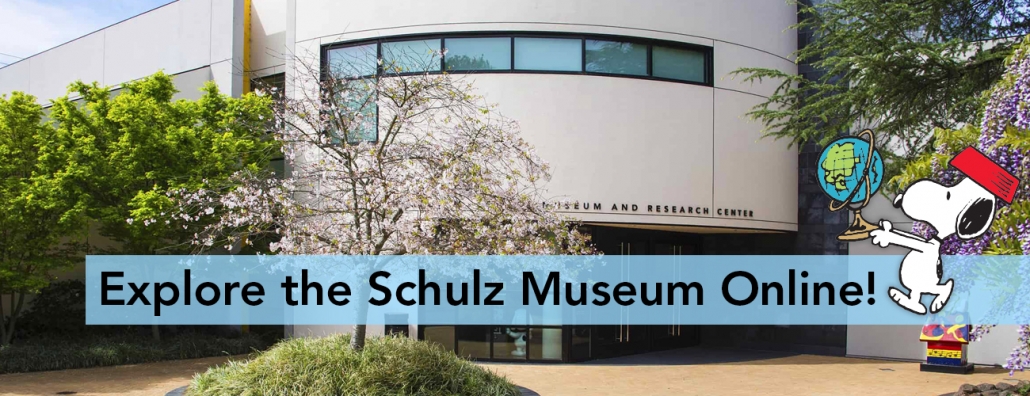

While his main graphic influences are classic masters like Hergé and Jacobs, Swarte first made his mark within the freedom of the underground comics and alternative comics movement of the 1970s.īetween 19, Swarte launched the magazine Modern Papier, of which he self-published ten issues. Swarte named himself an admirer of Will Eisner, George McManus, George Herriman, Winsor McCay, Alain Saint-Ogan, Robert Crumb, Jay Lynch, Justin Green, Kim Deitch and Bill Griffith. During his studies in Eindhoven in the late 1960s, he made illustrations for local papers like De Andere Krant and Uit de Kunst. He studied industrial design at the Academy for Design in Eindhoven, and eventually settled in Haarlem. Joost Swarte was born in 1947 in Heemstede,North Holland. Swarte is additionally (co-)initiator of magazines like Modern Papier and Scratches, as well as the festival Stripdagen Haarlem and the Hergé Museum in Louvain-La-Neuve, Belgium.Ĭover illustrations for Modern Papier, respectively January 1971 and late 1972. He draws in a very calculated, technically precise style with much attention to bright colours and elegant design work. Swarte is a follower of the "Clear Line" tradition of Hergé and Edgar P. Afterwards he became far better known as an illustrator and architect.

Joost Swarte is a Dutch graphic designer, illustrator and architect, and one of the most famous Dutch comic artists internationally, even though he has not made that many actual comics. Most of his better known series, like 'Jopo de Pojo', 'Anton Makassar' and 'Katoen en Pinbal' (1972-1979), were made in the 1970s. An illustration of Albert King's blues song 'I'll Play The Blues For You'.


 0 kommentar(er)
0 kommentar(er)
